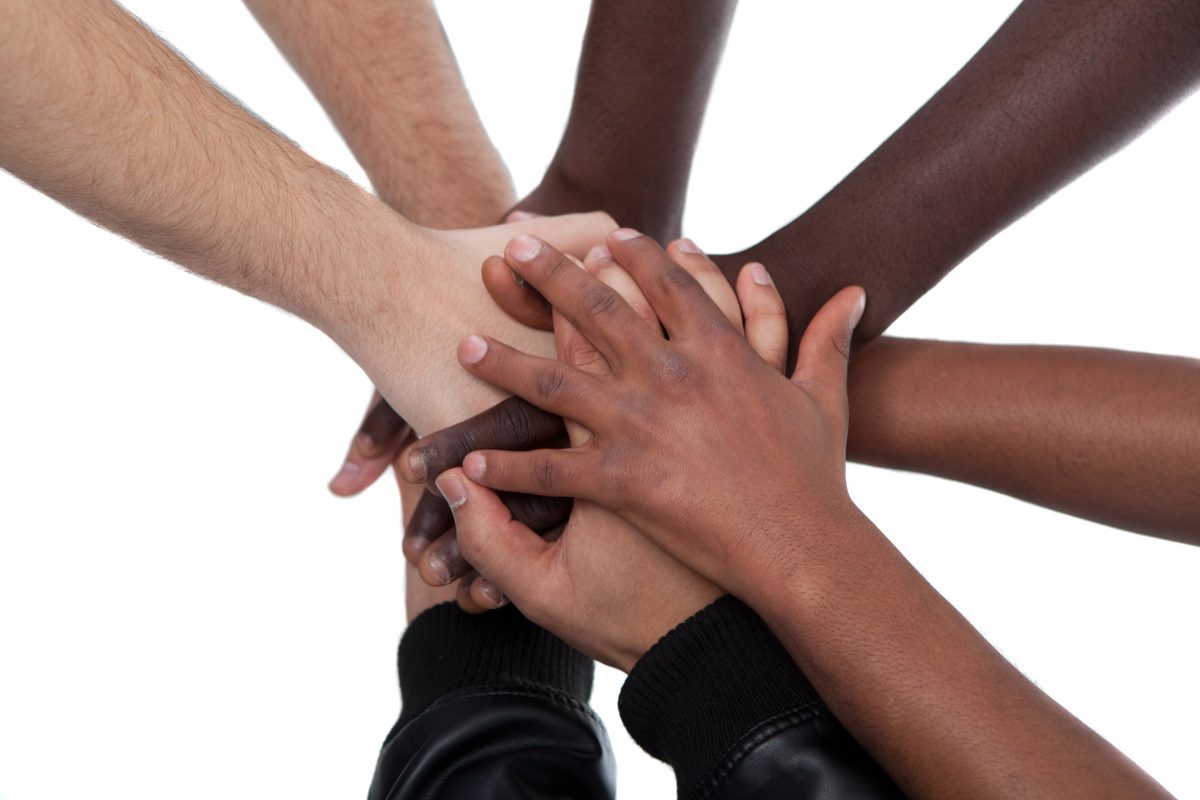Did you know that July is Minority Mental Health Month? According to census data over 316 million people live in the U.S. and in 2010 minorities comprised 36.3% of the U.S. population, by 2020 this is expected to grow to 39.9%.
Minority mental health is an important topic and one that isn’t talked about enough. Different cultural beliefs, stigma, and misinformation can make it difficult for many minorities to seek help. Just as we are chipping away at mental health stigma, we must continue to do so in a way that is relevant to all cultures in the United States.
So how common is mental health and substance use disorders in minorities?
 Image provided by https://www.mentalhealthamerica.net/conditions/infographic-minority-mental-health
Image provided by https://www.mentalhealthamerica.net/conditions/infographic-minority-mental-health
Though the statistics show us that minorities may have fewer mental disorders than whites, the consequences of mental illness can be long-lasting and life-altering.
According to the APA (American Psychiatric Association), rates of depression are lower in blacks/African Americans at 24.6% and Hispanics at 19.6% compared to whites at 34.7%, but depression in blacks/African Americans and Hispanics is likely to be more persistent.
Native Americans and Alaskan Natives report higher rates of PTSD and alcohol dependency than any other ethnic/racial group.
40% of Native Americans who die by suicide are between the ages of 15 and 24. Among young adults ages 18-24 they have a higher rate of suicide than any other ethnicity,
And while Black/African Americans are less likely than white people to die from suicide as teenagers, Black/African American teenagers are more likely to attempt suicide than are white teenagers (8.3 percent v. 6.2 percent).
Unfortunately, racial/ethnic minority youth with mental health issues are more likely to be placed in a juvenile detention facility rather than a mental health specialty clinic.
Lack of cultural understanding by health care providers may contribute to misdiagnosis or even underdiagnosis in racially/ethnically diverse populations. Language, stigma, and cultural understanding are among the factors that contribute to these issues.
Barriers to care include:
- Lack of insurance or being underinsured
- Stigma which can be greater in minority populations
- Language barriers
- Inadequate support for mental health services which is also seen in white populations.
- Lack of cultural understanding and diversity by health care providers
- Lack of funding for care. The Indian Health Services department which provides care to over 2.2 million spends only about $3,000 per person compared to $8,000 spent per person on the general population, this is due to funding challenges.
It is important to understand that there are challenges minorities face that non-minorities do not. It is a complex issue. Education is critical. We must work to remove the barriers and help health professionals with cultural diversity training. Insurance parity is a step we can take to ensure that mental health and substance use disorders are treated equally with physical care. All health care is equal and should be treated as such.
We must also work to remove the stigma of mental illness that is inherent in many cultures. Stigma will stop people from seeking care, many times due to shame. It is important to comprehend that mental illness is just that, an illness, and no one should feel shame for struggling with a mental illness. It isn’t something someone can just get over, nor is it their fault. The sooner we begin to embrace that as a society and a country, the sooner we can begin to truly help those struggling.
Resources:
https://www.mentalhealthamerica.net/conditions/infographic-minority-mental-health





Leave A Comment